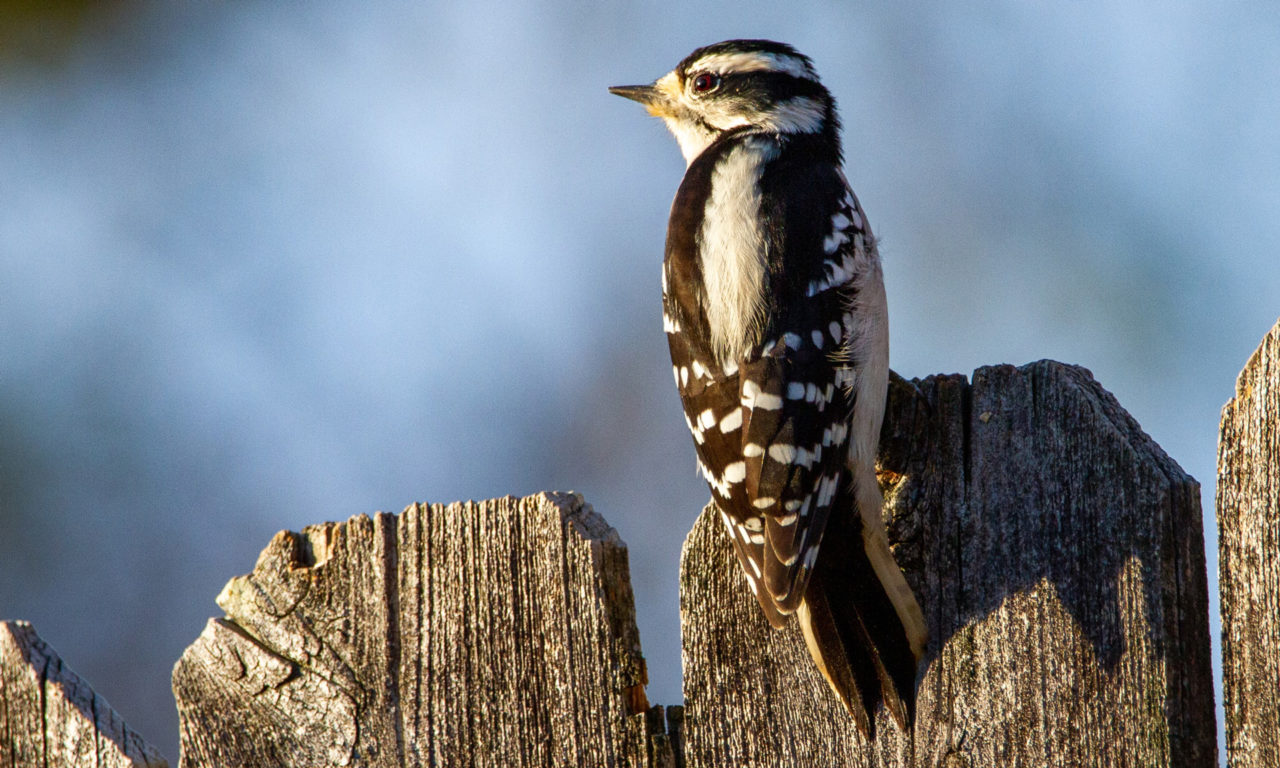Woodpeckers Unleashed: Exploring the Marvels of These Competent Tree Mountain Climbers
Woodpeckers, with their distinctive markings and rhythmic drumming resembling with wooded areas, hold an unique place in the bird globe - Woodpeckers in Florida. As we dive right into the detailed details of woodpeckers' nesting habits, feeding methods, and the ongoing conservation efforts to protect these amazing birds, a much deeper admiration for their location in nature unravels.
Anatomy and Adaptations
When taking a look at the composition and adaptations of woodpeckers, one can observe impressive features that allow these birds to prosper in their specialized environmental specific niche. Woodpeckers are outfitted with a collection of one-of-a-kind anatomical features that help them in their woodpecking behavior. One of one of the most famous functions is their strong, chisel-like beak, which is specialized for boring into timber to reveal insects or create nesting tooth cavities. This beak is sustained by solid neck muscle mass and an extremely developed head framework that functions as a shock absorber, enabling woodpeckers to continuously peck at trees without causing mind injury. Additionally, woodpeckers have zygodactyl feet, with two toes encountering onward and two encountering backwards, supplying a firm grasp on tree trunks while they look for food or drum for communication.
Furthermore, woodpeckers have an unique tongue structure that is long, barbed, and sticky, enabling them to extract pests from crevices in wood. This specific adjustment permits woodpeckers to exploit a food resource that is hard to reach to several various other bird species. On the whole, the composition and adjustments of woodpeckers showcase the impressive transformative remedies that have actually allowed these birds to flourish in their arboreal environment.
Drumming Actions
Having checked out the makeup and adaptations of woodpeckers, the focus currently shifts to understanding their drumming habits, a distinct aspect of their interaction and territorial displays. Drumming is a crucial kind of interaction among woodpeckers, offering several objectives such as establishing areas, bring in companions, and signaling alarm system. Each woodpecker species has an one-of-a-kind drumming pattern that assists people recognize participants of their very own types and identify them from competitors or killers.
Woodpeckers produce drumming noises by quickly pecking on resonant surfaces such as dead trees, utility poles, or even metal objects, developing a collection of rhythmic beats. The strength and speed of drumming can vary based upon the purpose; as an example, a rapid drumming sequence may represent hostility in the direction of trespassers, while a slower and softer drumming pattern might suggest courtship (Woodpeckers in Florida). Additionally, woodpeckers may change the regularity and period of their drumming to share details messages effectively
Nesting Routines
Exploring the nesting behaviors of woodpeckers exposes interesting understandings right into their reproductive habits and environment visit this website selections. Woodpeckers are known for their one-of-a-kind nesting preferences, usually excavating cavities in trees to create sheltered spaces for elevating their young. These cavities offer not only as a nesting website however additionally as a protected haven from predators and severe climate.
Woodpeckers show a high degree of fidelity to their nesting websites, often going back to the very same place year after year. This habits highlights the significance of appropriate environment availability for their reproductive success. The selection of a nesting site is vital for woodpeckers, with elements such as tree species, height, and decay stage playing considerable functions in their decision-making procedure.
Interestingly, some woodpecker species are understood to dig deep into numerous tooth cavities within their territory, supplying themselves with alternate nesting choices. This technique may work as a kind of insurance policy against potential hazards or disruptions to their main nesting site.

Feeding Methods
One of the most distinctive feeding actions of woodpeckers is drumming, which entails fast pecking on trees to discover pests under the bark. Woodpeckers are also known to excavate dental caries in trees to accessibility covert insect larvae or sap. Some varieties, like the acorn woodpecker, store nuts in specially developed holes called granaries.
Preservation Initiatives
Amidst the elaborate feeding methods exhibited by woodpeckers, the preservation initiatives intended at securing these interesting birds play a crucial duty in maintaining their environments and populaces. Woodpeckers face various hazards to their survival, including environment loss because of deforestation, climate adjustment modifying their environments, her latest blog and crashes with manufactured structures such as structures and automobiles - Woodpeckers in Florida. Conservationists are actively working to deal with these obstacles and guarantee the long-term wellness of woodpecker varieties

Education and public awareness campaigns are likewise essential parts of woodpecker preservation initiatives. By raising understanding about the value of these birds in maintaining healthy forest ecosystems, conservationists can amass assistance for habitat conservation campaigns and promote liable land administration techniques. With collective efforts in between scientists, policymakers, and local areas, we can interact to secure a future where woodpeckers flourish in their all-natural environments.
Verdict
